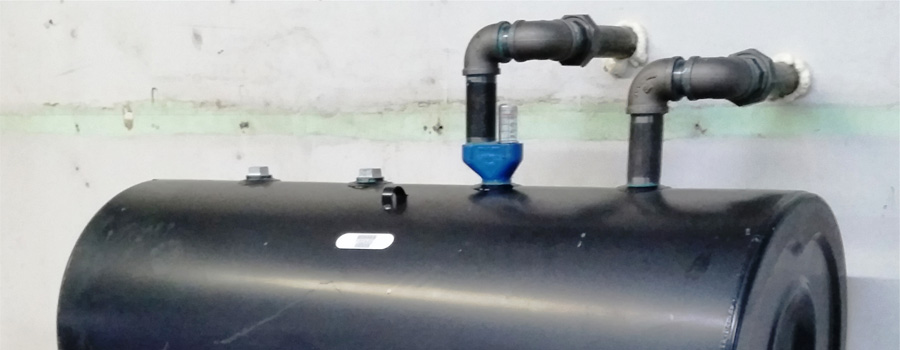While they are a necessity in many areas for heat generation, oil tanks can be harmful to the environment and your home if they are not installed and maintained properly. If you have made the decision to install an oil tank, it’s important to understand all of the facts about oil tank installation.
In the event of a problem with your oil tank, such as an oil spill, the cost to rectify the problem can be quite costly. Additionally, the presence of an oil tank on your property can have a tremendous effect on your home’s value and insurance rates.
When installing an oil tank, it’s important to consider factors that will lower the risk associated with having an oil tank on your property. Below, we present everything you need to know about oil tank installation.
Underground Oil Tanks
When any component of an oil tank is located underground, including any component of the tank, the tank is classified as underground. These types of tanks are typically at least 25 years old. As a result of their age, these tanks are usually not protected from corrosion in the same way as newer tank models. The result is a far more expensive repair.
Above-ground Oil Tanks

When the entire tank is exposed and visible, it is classified as above-ground. This type of tank should be situated on a concrete foundation. The foundation may be located inside the home or outside the home. Since these types of oil tanks are completely accessible, repairs and inspections can be handled much more easily.
Outdoor Oil Tanks
Outdoor oil tanks may be located above-ground or underground. An outdoor tank carries a higher risk of exposure, which can result in problems, as they are susceptible to snow, rain, ice, and extreme temperatures. Over time, this can lead to corrosion and result in spills and leaks. Anytime there is a spill or leak from an oil tank, the tank will need to be removed. Not only is this expensive and a hassle, but you will also need to deal with the associated damage to your property.
Indoor Oil Tanks
Indoor oil tanks are often considered the best option. Not only do they tend to last longer, but there is also a minimal risk of spills occurring. Even so, it should be noted that indoor oil tanks must be positioned so they can be easily inspected but not at risk of damage due to regular activities inside the home. Basements are often an ideal choice for installing indoor oil tanks.
Oil Tank Installation
While anyone could install an oil tank, it is not recommended that you attempt to do so on your own. Attempting this task on your own could put you at risk for spills and leaks. You should always have a professional handle installing an oil tank to reduce the risk of spillage and damage to your property.
Oil Tank Inspection
Oil tanks should be inspected regularly. In addition to being inspected upon installation, your oil tank should also be inspected once a year, at a minimum. Additionally, the oil should be inspected upon delivery. This is to ensure there is no water present in the bottom of the oil tank. The presence of water can lead to rust, which can cause leaks over time. In the event water is discovered during an inspection, it will need to be pumped out quickly.
Understanding the different options for oil tanks available as well as for installation can help you to choose the option that will best meet your residential heating needs while reducing the risk for problems later on. Make certain you are working with a professional oil tank installation service company.







